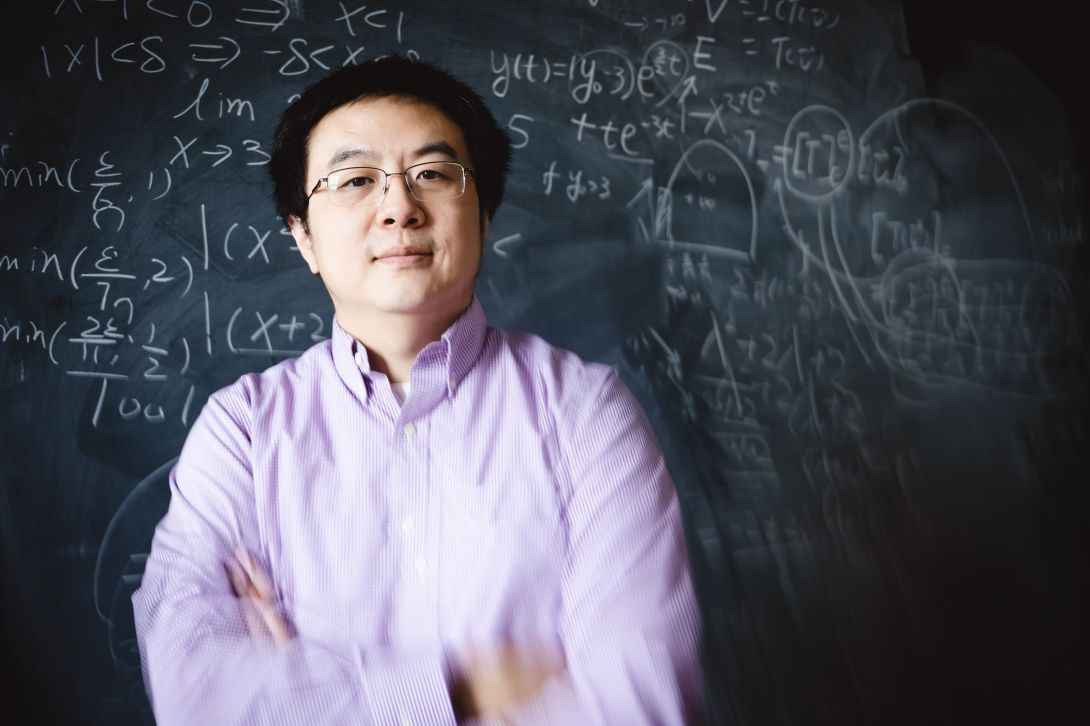
From Differential Equations to Real-World Applications
The problems that captivate mathematician and computational scientist Xianyi Zeng rarely sit still. Whether tracking how water moves around a rapidly accelerating ship, modeling the spread of viral infections through cellular tissue, or understanding why rivers snake and curve across landscapes, his work grapples with systems in constant flux. At their core lie differential equations, the mathematical languages used to describe how things change. Solving these equations, especially when traditional analytical approaches fail, has become his calling.
"I prefer to describe my research as applied mathematics and scientific computing," says Zeng, assistant professor of mathematics. His focus is particularly sharp on hyperbolic conservation laws, equations describing quantities that remain constant even as they flow through space and transform over time. Mass in a closed fluid system, the total number of cells in a biological tissue, energy in a moving fluid — each obeys a conservation principle that Zeng translates into computational methods.
Read the full story on the College of Arts and Sciences News.
Spotlight Recipient

Xianyi Zeng
Assistant Professor
